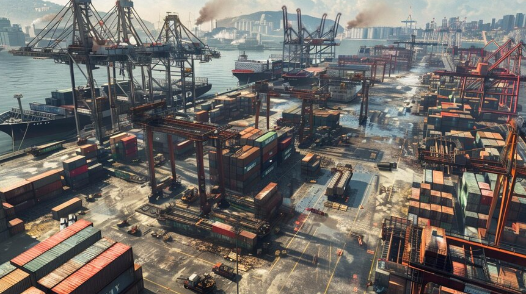Supply Chain Management Three Level

At the most fundamental level, supply chain management (SCM) is management of the flow of goods, data, and finances related to a product or service, from the procurement of raw materials to the delivery of the product at its final destination. SCM also includes actively simplifying a company’s supply-side operations to increase customer value and achieve a general competitive edge in the market. KIMS, the best institute in Kochi, provides logistics courses with lots of job opportunities Examining the three levels of supply chain management—strategic, tactical, and operational—will help you better comprehend the many phases of supply chain management and how they affect one another. Together, these levels handle all the choices necessary to timely deliver high-quality goods to clients at the lowest possible cost while generating the most possible income. Strategic Level The company’s long-term decisions are made at the top level of supply chain management. The choices that are made here set the stage for the entire supply chain operation. Examples of decisions made at this level include choosing the goods or services the company will offer. To improve current products or add new ones to the product mix, this duty requires monitoring market trends and client feedback. Tactical Level All of the supply chain’s short- and medium-term choices are made at the second level of supply chain management. The more specific processes are typically outlined at this level, even as the strategic level handles the broad and “big-picture” decisions. Here, production procedures will be established to guarantee that a high-quality product may be produced for the least amount of money. Decisions made at the tactical level are crucial for reducing risks and regulating expenses. Here, achieving the best overall end value and meeting client demand are the main priorities. The choice of whether to manage transportation, warehousing, and inventory logistics in-house or externally can also be chosen at this level. These choices may alter depending on location, transit costs, cost of land ownership, etc. Operational Level The most frequent form of supply chain management is this one. It is the location of daily operations, decision-making, and planning for the supply chain. When making operational-level decisions, businesses and manufacturing facilities sometimes overlook the tactical and strategic level. Operational decision-makers must carefully weigh their options and make choices that are consistent with the overarching strategic and tactical choices that have been made. Operations managers must make hundreds of decisions every day to deal with everything unexpected that comes their way, even though higher-level decisions are made with the purpose of developing favourable procedures throughout the supply chain. The most effective choices are those made in the strategic and tactical framework




